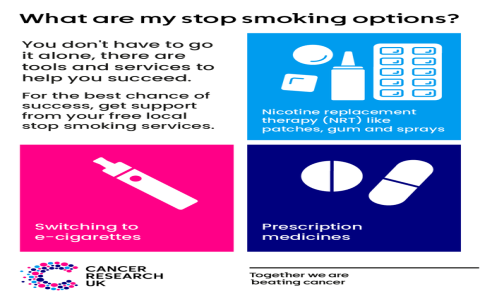Quitting electronic cigarettes requires a strategic approach. Understanding the process and available support can significantly increase your chances of success.
Understanding the Challenge
Cessation from electronic cigarettes, or vaping, involves addressing both nicotine addiction and established behavioral patterns. Nicotine is a powerfully addictive substance, and the act of vaping often becomes interwoven with daily routines, social interactions, and stress management, posing a considerable hurdle to quitting.

Preparing for Your Quit Attempt
Thorough preparation is a cornerstone of a successful quit attempt. Key preparatory steps include:
- Set a Quit Date: Designate a specific date to stop vaping. This creates a clear objective and timeline.
- Identify Triggers: Recognize specific situations, emotions, or individuals that typically cue your desire to vape. Develop strategies to either avoid these triggers or manage your response to them.
- Communicate Your Plan: Inform trusted friends, family members, or colleagues of your decision. Their support and understanding can be crucial.
- Eliminate Vaping Products: Dispose of all e-cigarettes, e-liquids, chargers, and related accessories to remove immediate temptations.
- Seek Professional Guidance: Consult with healthcare providers or counselors specializing in smoking cessation. They can offer tailored advice, support, and discuss medical aids if appropriate.
Strategies for Quitting
A variety of methods can support your efforts to quit vaping. Often, a combination of strategies proves most effective.
Nicotine Replacement Therapy (NRT):
NRT products deliver controlled doses of nicotine to alleviate withdrawal symptoms without the harmful constituents of e-cigarette aerosol. Common forms include patches, gum, and lozenges. Prescription NRT options, such as inhalers or nasal sprays, may also be considered under medical guidance.
Prescription Medications:
Certain non-nicotine prescription medications, such as bupropion or varenicline, can help reduce cravings and withdrawal effects. These medications require a consultation with a healthcare professional to assess suitability and discuss potential benefits and side effects.
Behavioral Strategies:
Modifying habits associated with vaping is essential. Implement practical techniques such as:

- Coping Mechanisms: When a craving hits, try delaying the urge, taking deep breaths, drinking water, or distracting yourself with a different activity.
- Develop New Routines: Consciously replace vaping rituals with healthier alternatives. For example, if you vape after meals, try a short walk instead.
- Stress Management: Explore and practice healthy ways to manage stress, such as exercise, meditation, yoga, or engaging in hobbies.
Tapering Down (Gradual Reduction):
Some individuals find it helpful to gradually reduce their nicotine intake before their quit date. This can involve systematically lowering the nicotine concentration of e-liquids used or reducing the frequency and duration of vaping sessions over a set period.
Managing Withdrawal Symptoms
Experiencing nicotine withdrawal is a common aspect of quitting. Symptoms may include intense cravings, irritability, anxiety, difficulty concentrating, increased appetite, and sleep disturbances. These symptoms are typically most acute during the first few days to a week after quitting and gradually diminish over subsequent weeks.
To help manage withdrawal:
- Ensure adequate hydration by drinking plenty of water.
- Prioritize sufficient rest and sleep.
- Engage in regular physical activity, which can improve mood and reduce cravings.
- Utilize relaxation techniques such as deep breathing or mindfulness.
- If using NRT or prescription medication, adhere to the prescribed usage.
Staying Quit
Maintaining a vape-free status is an ongoing commitment that requires vigilance and self-compassion.
- Acknowledge Progress: Recognize and celebrate your milestones, no matter how small. This reinforces positive change.
- Manage Slips Proactively: If a slip occurs (a one-time use), do not view it as a complete failure. Analyze the trigger, learn from the experience, and recommit to your goal immediately.
- Reinforce Benefits: Regularly remind yourself of the positive outcomes of quitting, such as improved physical health, enhanced sense of taste and smell, financial savings, and increased self-esteem.
- Sustain Support: Continue to lean on your support network. Consider joining quit-smoking programs or support groups for ongoing encouragement and accountability.










